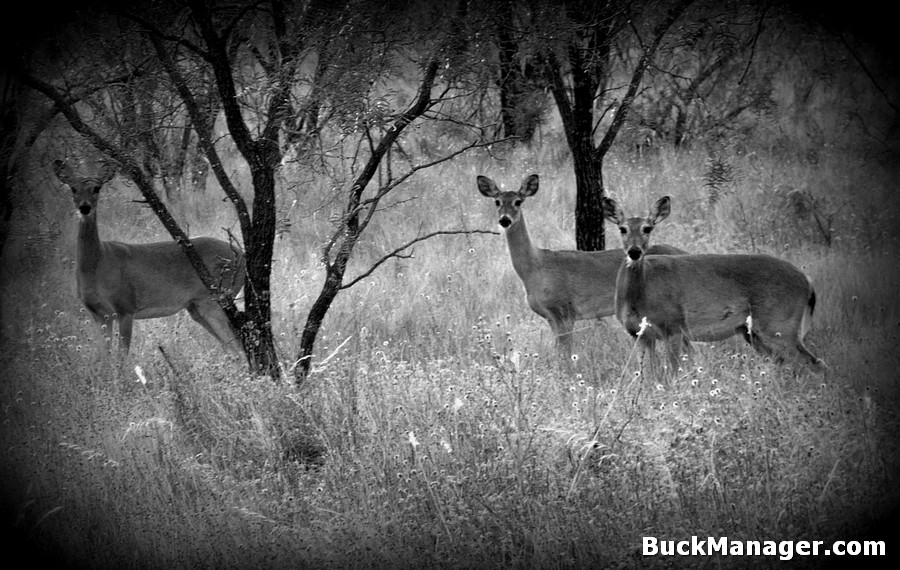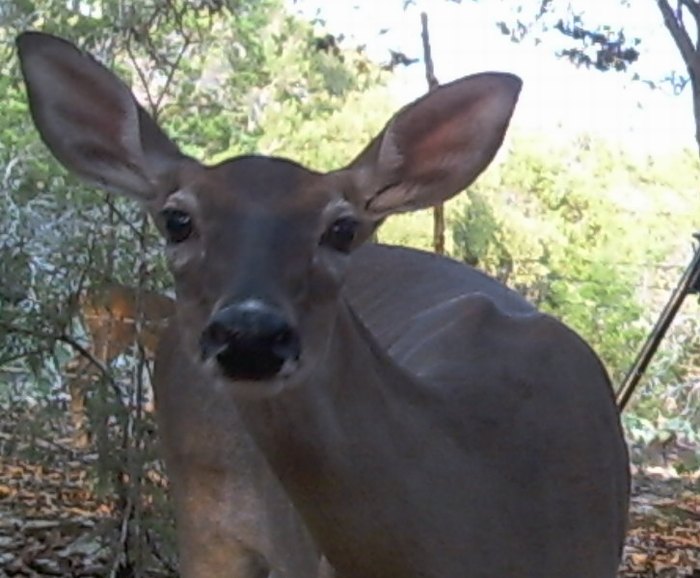Not all that many years ago it was considered unsportsman-like to shoot a doe deer. Since then, however, wildlife biologists and hunters have realized that proper doe harvest is an important part of white-tailed deer management, although I suspect there is a small percentage of landowners that still do not allow doe to be harvested on their properties. After all, a landowner has the ability to be more conservative than the law and choose not to harvest antlerless deer, even if hunting regulations permit it.
But is a no doe harvest really justified? Maybe, but then maybe not—particarly if the only reason holding someone back is the “old school” philosophy of not shooting female deer. It is true that the shooting of does may not be justified in some areas. Not every deer whitetail population can sustain regular doe harvest. Some deer herds may allow periodic doe harvest, such as every other year or every third year, for example, while others need regular (annual) doe harvest to thrive. So why does the harvest of whitetail doe vary by area?
To answer this question, let’s first take a look at why hunters harvest deer. Sportsmen across the country take to the field each fall in pursuit of trophy bucks, and venison makes great table fare, but the primary reason we can hunt is because it’s necessary. White-tailed deer are an important resource. In fact, they are a renewable natural resource. The only reason we have a deer season at all is because white-tailed deer are a keystone species in the habitats that they occupy. State governments and wildlife departments use hunters to maintain deer populations at healthy levels, otherwise the habitats that they occupy, which are important to other wildlife species, will suffer.
In short, hunters themselves are an important component of deer management at the state, county, and management unit level. In the U.S., most states use counties or units marked by roadways to designate areas of management. In Texas, white-tailed deer hunting regulations are setup by county. Since the habitat and deer population often vary by county, so do the deer hunting regulations. This makes sense because habitat quality and the resulting deer population are not the same in every area. As a result, the buck, doe, and total deer harvest rates can not be the same for every area.
On private property, hunters must use property lines to identify their management unit, unless neighboring landowners form deer management associations (co-ops) and work together to achieve the same objectives. The most important component of deer management is maintaining a healthy balance between the local deer population and the available habitat. Because deer populations vary by habitat type, you can now see that doe harvest may be warranted in some areas, but not in others. Next week I will write about specific factors that influence deer populations and how those factors impact both buck and doe harvest rates.

